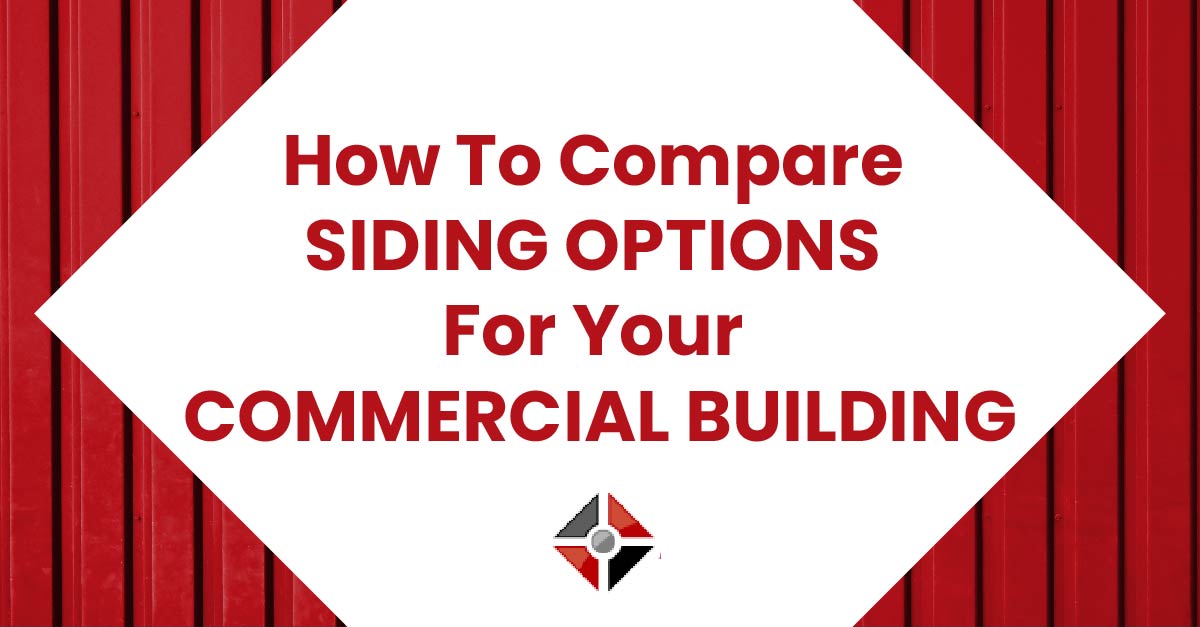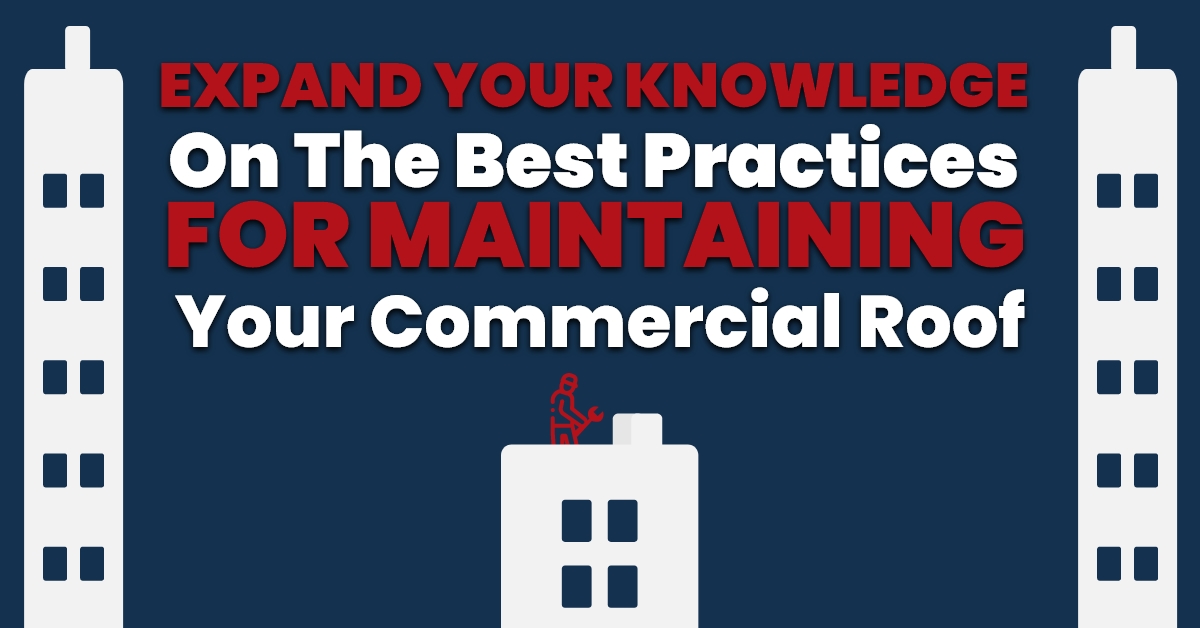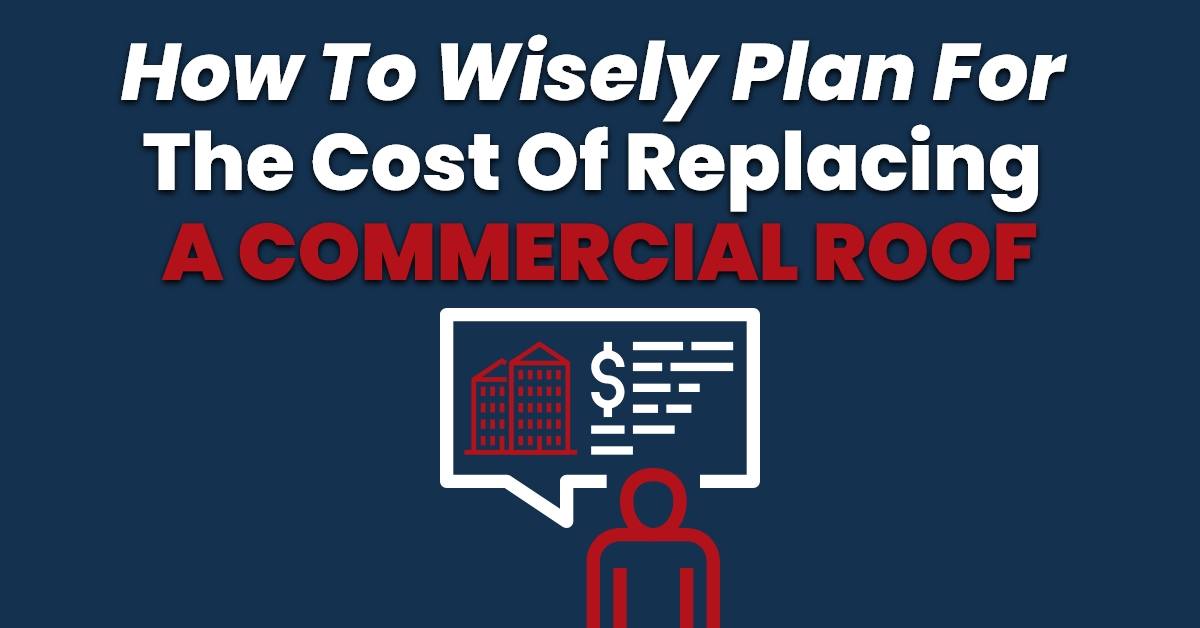
Siding is one of the most critical elements of any commercial property. Choosing the right siding material can be key to giving your commercial building an aesthetic appeal while protecting it from the elements. Some of the important considerations to make when choosing the best siding material include cost, maintenance requirements, appearance, and the availability of various color options which suit your building’s style and architecture. Here are the four siding materials to consider:
Vinyl Siding
Vinyl siding has gained popularity for commercial buildings over the recent years due to its affordability, ease of installation, and low maintenance costs. You won’t need to repaint vinyl siding regularly, and it can stand up to cold, wet climates as well as coastal air.
The notable downside to vinyl siding is, although it can be designed to mimic lap wood or traditional clapboard siding, it doesn’t look as attractive as wood at close range. Since vinyl is quite flexible, it follows exterior wall contours and can easily rattle under high winds. Fortunately, you can opt for insulated vinyl siding which comes with a form-fitted rigid-foam backing, making it stiffer and installs flatter than standard vinyl siding.
Pros:
- Affordable
- Easy to install
- Low-maintenance
- Long-lasting
- Available in a wide range of styles and colors
Cons:
- Vinyl siding can expand and bulge or crack under UV rays
- High winds can cause vinyl siding to rattle or lift
- Windblown debris or strong hail can puncture vinyl
Fiber-Cement Siding
Fiber-cement siding is considered the best alternative to traditional wood siding. When painted with the right color, it looks convincingly similar to wood siding. You can also choose a sheet design which mimics plywood siding or vertical board siding. Although you’ll need to regularly repaint fiber cement siding, the material itself is less prone to weather and moisture damage, making it easy to maintain.
Fiber cement siding is highly resistant to temperature fluctuations since it doesn’t expand and contract like wood. It’s also resistant to rot and insect damage, making it extremely durable. The only downside is it can easily chip or break during the installation due to its brittle nature.
Pros:
- Durable and long-lasting
- Available in a wide range of colors
- Resistant to weather, moisture, and insect damage
- Stands up well to sea salt air
- Can withstand hurricane-level storms
- Not flammable
Cons:
- Initial installation is costly
- Brittle and can break during the installation
- Fiber cement siding has to be re-painted regularly
Aluminum Siding
Aluminum siding is still considered a low-maintenance siding material despite the fact it has been around for several decades. Aluminum is extremely lightweight and essentially rot-proof, fire-proof, and rust-proof. Since you won’t need to repaint aluminum siding, you can find styles mimicking wood siding. It’s also less flimsy as vinyl siding and doesn’t exhibit the undesirable plastic appearance of vinyl. On the flip side, aluminum is prone to denting when exposed to heavy hailstones or flying debris.
Pros:
- Extremely affordable
- Eco-Friendly since it can be made from recycled materials
- Durable when coated with a protective layer preventing corrosion
- Low-maintenance
- Long-lasting when correctly installed
Cons:
- Can be noisy under temperature fluctuations or during rain and hailstorms
- Susceptible to dents and scratches when hit by hail or heavy objects
- Can wear and fade when installed without a protective color coat
Brick Siding
Natural brick is considered the most expensive siding material for commercial buildings. This premium siding solution is primarily adored for its solid, natural appearance and unmatched aesthetics. Brick is also extremely easy to maintain as requires no painting. Moreover, brick is fireproof, insect-proof, and rot-proof.
Most brick siding products are thinner than standard building bricks, so they can be installed onto masonry walls and wood-frame. On the downside, brick siding can crack due to excessive shifting or movement of the wall or building foundation. Otherwise, the only maintenance brick siding needs is occasional repairs to mortar joints.
Pros:
- Low maintenance requirements
- Durable and retains color for several years
- Brick won’t rot or dent
- Eco-friendly since brick is made from natural materials— clay and shale
- Weather and fire-resistant
- Bricks add an extra layer of storm protection
Cons:
- Brick is more expensive than other siding materials
- Fewer color variations
- Repainting brick can be a painstaking process
Make the Right Choice!
Commercial properties often have needs which go beyond what residential buildings require. Be sure to meet those needs by choosing the right siding material which will weather the storms for years to come while giving your property the curb appeal it deserves. If you have any questions about what siding material suits your property, feel free to contact Red Diamond Roofing in the Denver and Fort Collins area. We specialize in vinyl, aluminum, fiber cement, and brick siding options in a wide range of styles and colors which suit any commercial property.


 Your commercial roof keeps your building safe from the elements, as long as it remains in good condition. This requires routine maintenance to clean it and check for problems that need to be addressed. Since your roof is such an important investment, it’s essential to know how to properly maintain it.
Your commercial roof keeps your building safe from the elements, as long as it remains in good condition. This requires routine maintenance to clean it and check for problems that need to be addressed. Since your roof is such an important investment, it’s essential to know how to properly maintain it.
